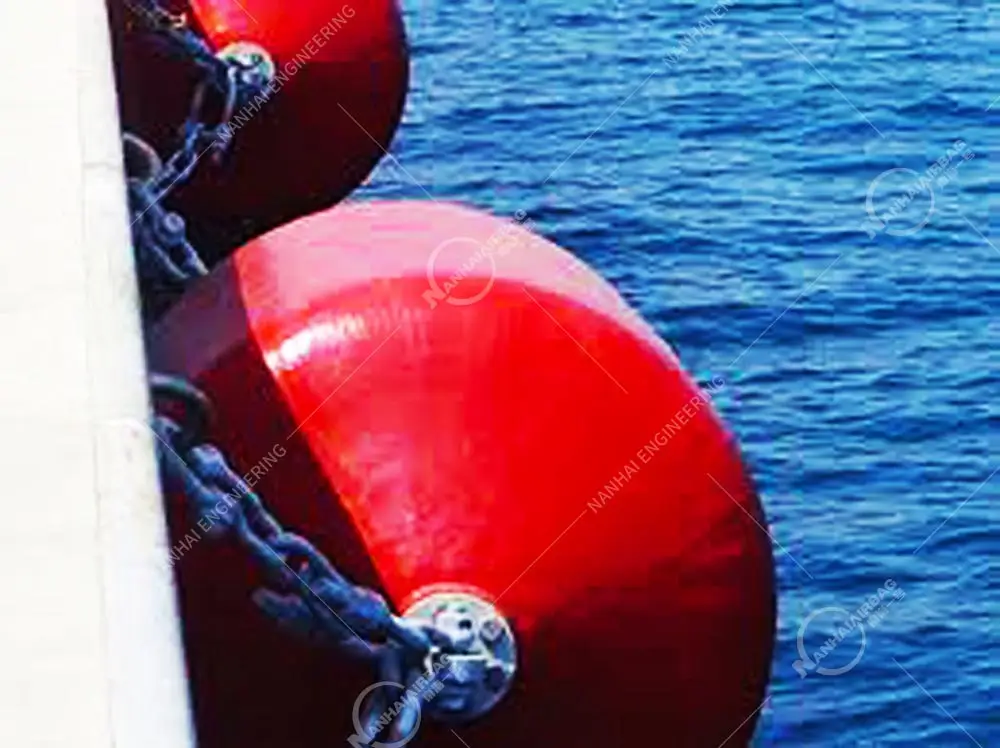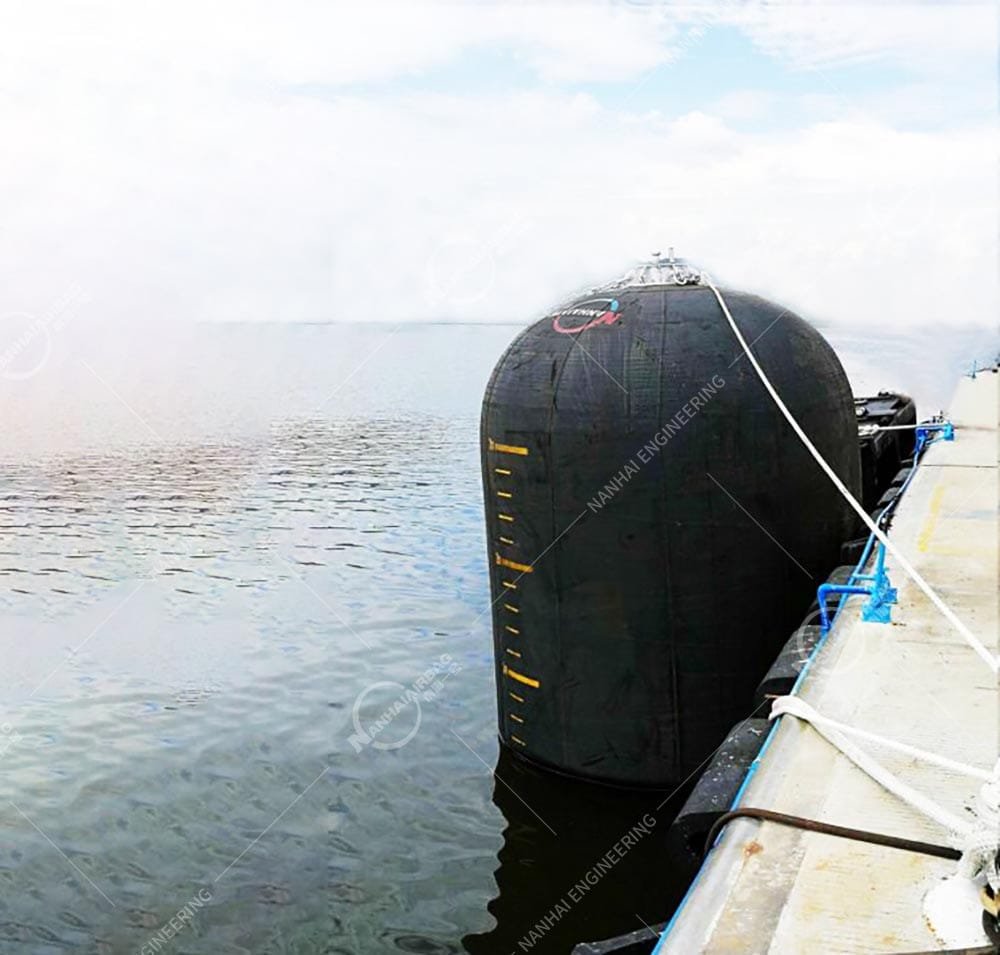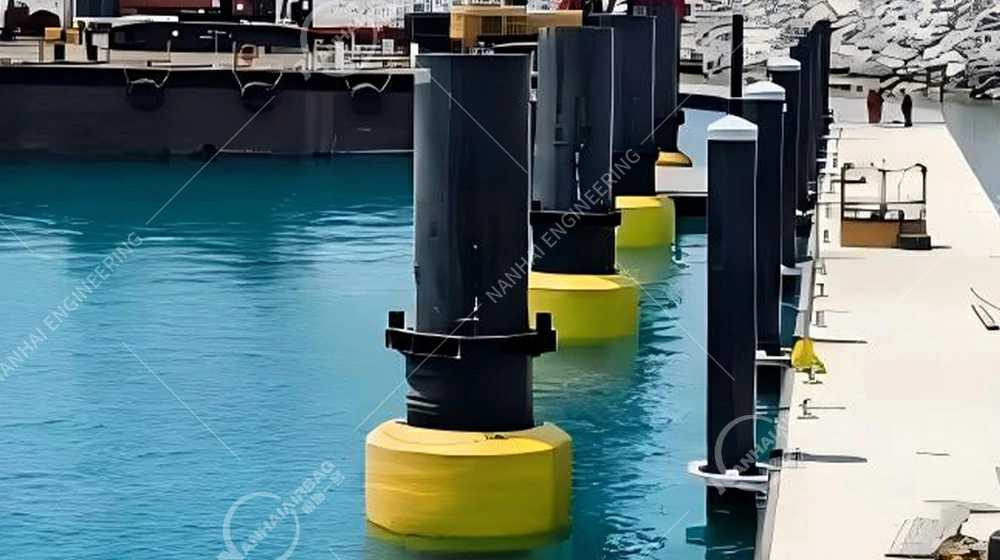What is a Dock Fender? Everything You Need to Know
05/22/2025Maintenance Tips for Foam-Filled Fenders
05/22/2025What is a Floating Fender?
Floating fenders play a critical role in maritime safety, providing essential protection during berthing and mooring operations. Whether used in ports, offshore platforms, or ship-to-ship transfers, these marine fenders help absorb collision energy and minimize damage. In this article, we explain what floating fenders are, their types, applications, and advantages.
What is a Floating Fender?
A floating fender, also known as a marine fender or ship fender, is a marine buffer device that floats on the water surface to prevent direct contact between vessels and structures. It is designed to absorb kinetic energy during ship docking and mooring, reducing the risk of structural damage.
Unlike fixed fenders mounted on quay walls, floating fenders adapt to tide changes and vessel movements, making them ideal for various marine environments.
Common Types of Floating Fenders
Also known as Yokohama fenders, these are made of reinforced rubber layers and use compressed air to absorb impact. They are widely used in ship-to-ship (STS) and ship-to-quay (STQ) operations.

Made from a closed-cell EVA foam core and polyurethane outer skin, foam-filled fenders are puncture-resistant and require no inflation.

Building on the traditional pneumatic fender, the Hydro-Pneumatic Fender serves submarine and semi-submerged ships that require underwater berthing via STD or STS.

The manufacturer NANHAI makes donut fenders from polyethylene foam and coats them with a polyurethane elastomer shell. Engineers specifically design these special donut fenders to protect the berthing pipes of vessels.

Key Features and Benefits
- Excellent Energy Absorption: Reduces collision force during mooring.
- High Durability: Built with abrasion-resistant materials for long service life.
- Self-Floating Design: Easily adapts to changing tide levels and vessel heights.
- Low Maintenance: Especially true for foam-filled fenders.
- Flexible Deployment: Can be used freely afloat or fixed with chains and shackles.
Floating Fender: Typical Applications
Floating fenders are suitable for a wide range of marine and offshore scenarios:
- Oil and gas terminals
- LNG carriers
- Bulk carriers and container ships
- Navy and military ports
- Offshore platforms
- Floating docks and pontoons
Why Choose Floating Fenders?
Compared to traditional fixed or solid rubber fenders, floating fenders offer:
- Greater versatility in water-level-sensitive environments
- Safer berthing for large vessels
- Quicker and easier installation
- Compatibility with both permanent and temporary berthing systems
Technical Specifications
| Type | Diameter Range | Length Range | Energy Absorption | Standard Pressure |
|---|---|---|---|---|
| Pneumatic Fender | 500–4700 mm | 300–12000 mm | High | 50/80 kPa |
| Foam Fender | 500–4500 mm | 800–10600 mm | High | N/A |
Note: Specifications can be customized based on project requirements.
Conclusion
Floating fenders are essential equipment for ensuring safe and efficient berthing operations in marine environments. Whether you’re managing a port, offshore facility, or fleet of commercial vessels, choosing the right type of floating fender can enhance safety, reduce maintenance costs, and extend the life of your assets.
Looking for a reliable floating fender supplier? Contact us today for a free quote and technical consultation.
